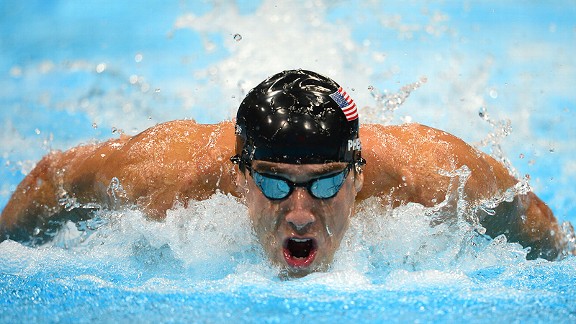

A balanced diet would be one that consists of enough of every food group. A balanced diet should consist plenty of starchy foods like bread, rice and potatoes, plenty of fruits and vegetables, some protein-rich foods like meat and fish, some milk and dairy foods and not too much fat, salt or sugar. These are all food categories with different nutrients found in them. These nutrients are carbohydrates, protein, fat, vitamins, minerals, water and fiber.
Each nutrient has its own purpose. The main nutrients we need would be carbohydrates, proteins, fats, vitamins, minerals, water and fiber. Carbohydrates are the main energy source for the brain. Without carbohydrates, the human body would not function properly. Protein is the major structural component of cells and is responsible for the building and repair of body tissues. Fat is an energy source that when consumed, it increases absorption of fat-soluble vitamins including vitamins A, D, E, and K. Water helps by keeping our body hydrated, transporting nutrients to cells, and helps removing waste products from the body. Fiber helps with the digestive process. Each vitamin and mineral has its own purpose.
Vitamin C is necessary for the synthesis of collagen. Collagen provides structure to blood vessels, bone and ligaments. Folate, found in foods, helps to prevent birth defects. Vitamin D helps to maintain calcium homeostasis; it can be found in food or synthesized by the sun. Sodium helps us by maintaining fluid volume outside cells and helps cells to function properly.
| Day 1 | ||||
| Type of food/drink | Amount | Calories | Time Consumed | Preparation |
|---|---|---|---|---|
| Eggs Ben (from Coffee Bean Cafe) | 1 serving | 430 kcal | 11:36 am | Toasted Bun w/ Poached Egg |
| Cookies & Cream Ice Blended | 16 oz. | 340 kcal | 11:52 am | Ingredients Mixed & Blended |
| Spaghetti Bolognese | 1 plate | 476 kcal | 6:24 pm | Boiled pasta w/ sauce |
| G3 Juice | 30 ml | 120 kcal | 6:45 pm | Mixed w/ water |
| Day 2 | ||||
| Toast w/ cheese | 1 slice of each | 150 kcal | 10:46 am | Toasted bread w/ sliced cheese |
| Spaghetti Bolognese | 1 plate | 476 kcal | 1:24 pm | Boiled pasta w/ sauce |
| Milo (drink) | 25 g | 100 kcal | 1:43 pm | powder mixed w/ water |
| KFC Zinger | 1 serving | 356 kcal | 7:46 pm | Fried chicken in toasted bun |
| Pepsi | 1 large serving | 102 kcal | 7:57 pm | N/A |
| Day 3 | ||||
| Char Kuey Teow | 1 plate | 318 kcal | 11:12 am | Fried & mixed w/ ingredients |
| Milo (drink) | 25 g | 100 kcal | 11:33 am | Powder mixed w/ water |
| Nasi Lemak w/ Fried Chicken | 1 plate | 252 kcal | 7:12 pm | Coconut rice w/ fried chicken |
| G3 Juice | 30 ml | 120 kcal | 7:33 pm | Mixed w/ water |
On day one, I consumed a total of 1366 calories, on day two I consumed 1184 calories and on day three, 790. As I am twelve years old, this does not follow the recommended amount of calories for someone my age. The recommended calorie count for an inactive female is 1600. On days one and two, I was not that far from reaching the limit and I would assume that this was not bad because it is not that far off. My diet can be improved by including more fruits and vegetables in it. As seen from the table above, my current diet lacks of fruits and vegetables and this means that I am not getting enough of the vitamins found in fruits and vegetables.

Besides average people like me, people like Olympians need to eat as well. One of these Olympians would be Olympic gold-medallist Michael Phelps. Michael Phelps’ diet and training requires him to eat a lot more than an average person. In fact, his training makes him eat 12,000 calories each day. Looking at Michael Phelps’ daily diet, he eats a lot of carbohydrates. His diet needs a lot of carbohydrates in it in order for him to have energy when he is swimming and be able to swim long distances without stopping, it will improve his stamina slightly. If I were to change Michael Phelps’ diet, I would change the fact that he eats so much, but considering that he needs it then it has to stay the same.